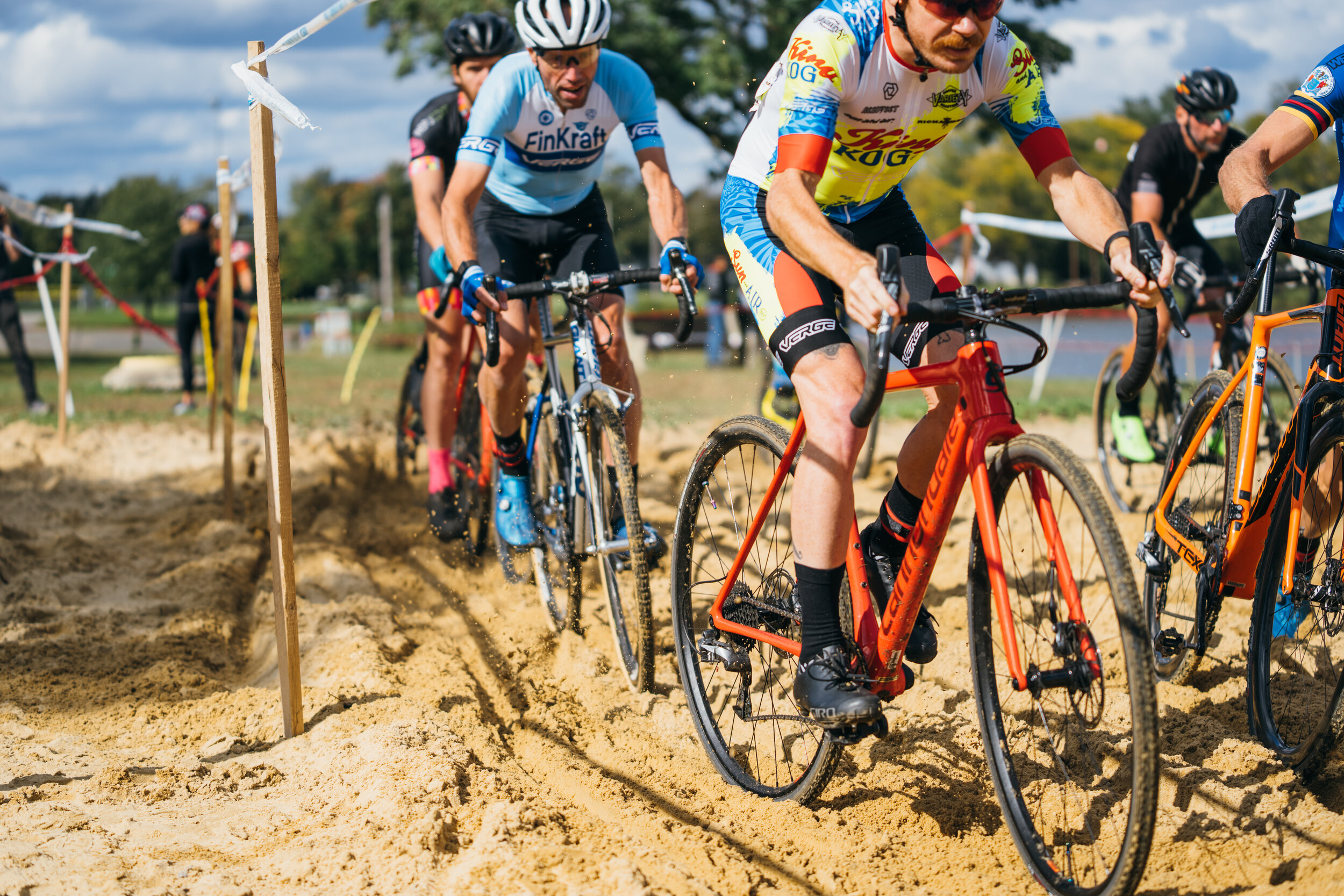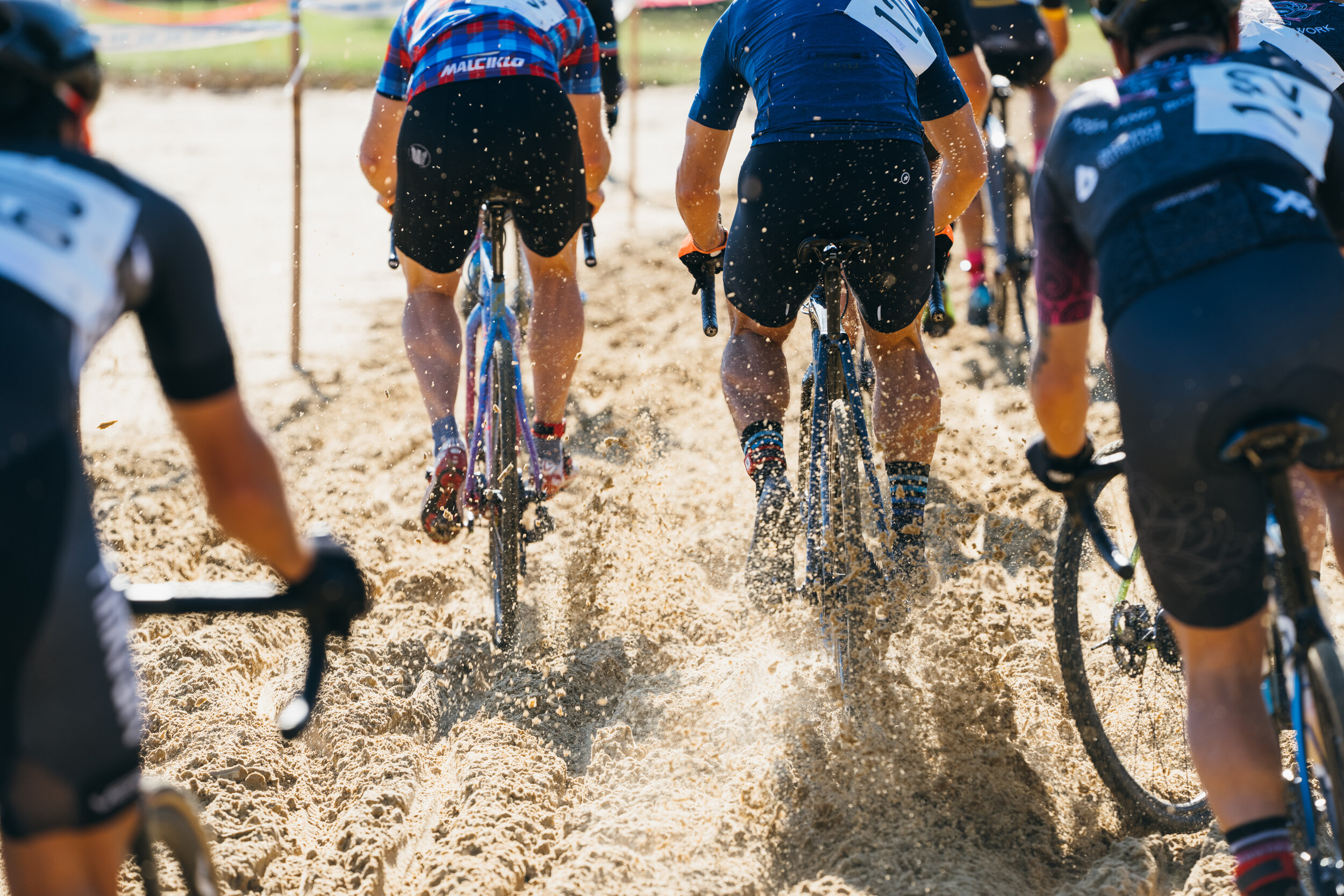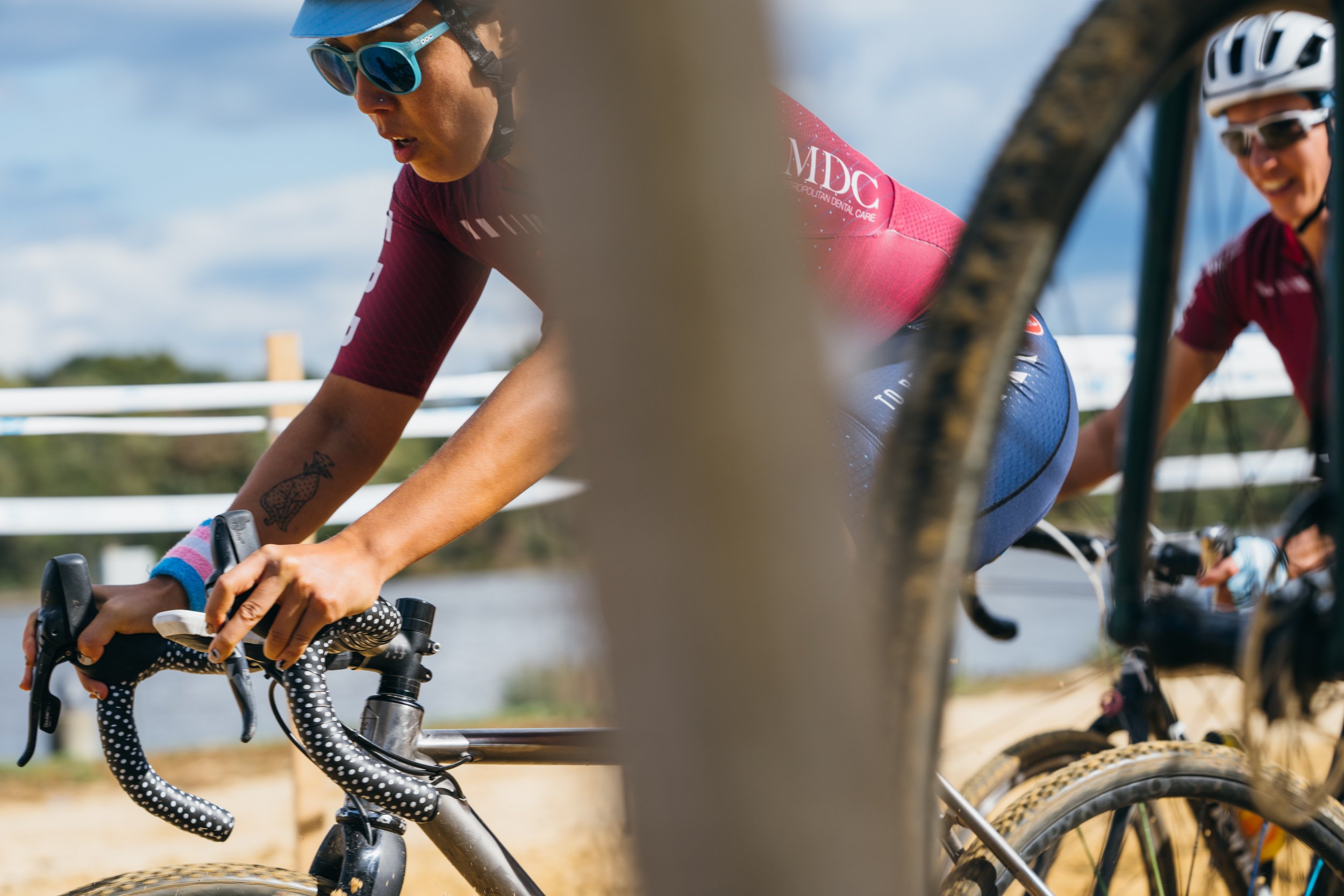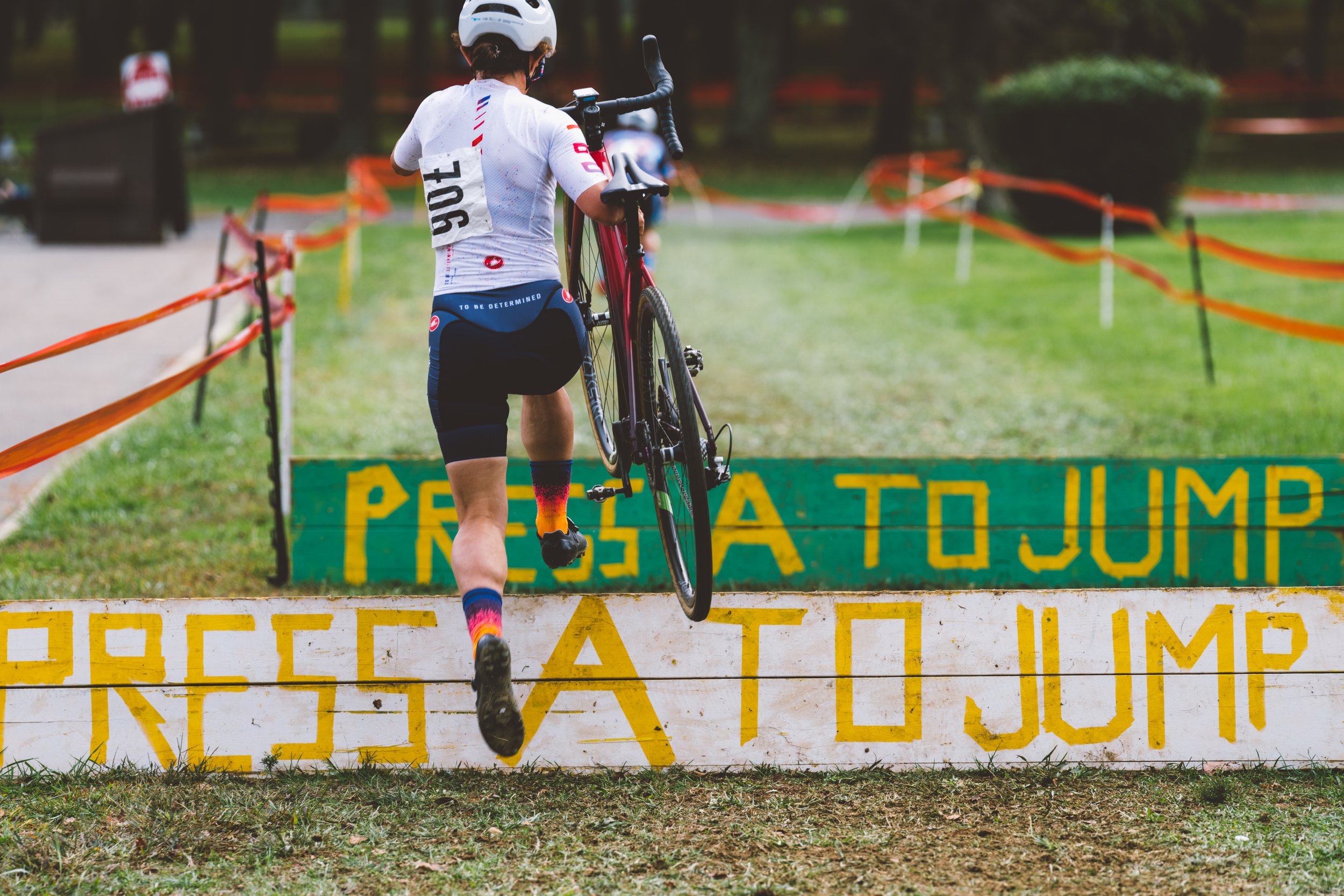Thoughts From a Road Racer: Your First Season Racing Cross
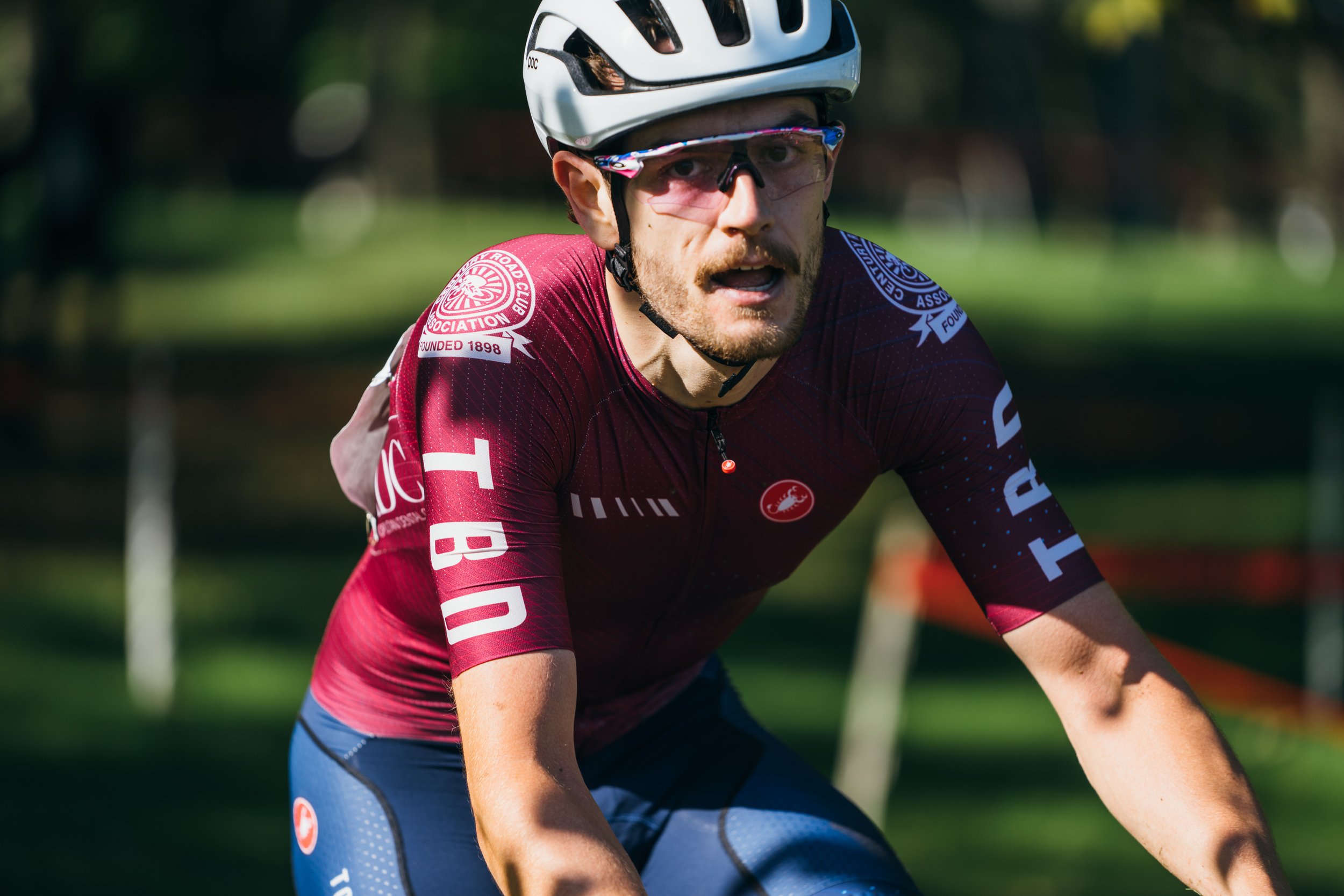
So, you’re interested in racing cross. Well, great. It’s fun and raucous and you’ll make great friends doing so. With Worlds on the horizon and the last race of the season fading into the distance, here’s everything I learned from my first season of racing cross.
You’ve been training since January, you spent the summer racing, your legs are tanned. Now, you want to cash in on that fitness and stay in shape into the winter by riding around in circles in the mud. All you friends are doing it. Besides, if it’s good enough for Wout and Marianne, it’s good enough for you, right? Please allow me, someone who has done all of six cross races, to tell you everything I learned about trading tarmac for mud.
Gear is way more important than it is on the road.
On the road you can run 25s, 28s, 30s, 23s. You can run clinchers or tubeless, even tubulars (if you’re a time-rich, eccentric billionaire). You can run a compact cassette but, if you don’t, you’ll probably still be fine. Sure, roadies like to talk about these things like they matter, but they don’t fundamentally make a difference. It’s all the same thing. You’re going to make it to the end of the race. Probably.
Not so in cross. Gear matters a lot. And specifically, your tyre choice. And specifically, how much air you put into your tyres. If you only take one thing away from this article, it’s this: run your tyres at a ‘squishy’ psi. You can get into specific numbers if that’s the kind of thing that gets you jazzed but otherwise, vaguely squishy will do for your first season.
If you want to get specific, I ran Donelly PDXs for my first season in a variety of conditions and they were just fine. You’ll hear people debate tyre choices endlessly but, if, like me, you’re just starting, your bike-handling is likely to be a limiting factor long before a good set of tyres are.
Road fitness is good fitness.
This is one of those rare instances where you might have the upper hand vs the pure cross riders. On the flatter, more pedally courses you’ll be able to drop other racers. Do so, because…
You can’t corner anymore!
I’ll tell you for free, it’s not the same as on the road. Investing a bit of time learning to turn your bike on a range of surfaces in a variety of conditions is probably the most valuable thing you can do in your first season. PLUG ALERT: If you live in NYC, cross practice (pb Keith Garrison) at Randall’s Island is very fun and teaches you the indispensable basics. It’s also a great opportunity to practice rolling around in the dirt, which leads me onto my next point.
Get comfortable falling.
You’re going to fall. You’ve probably already accepted this from riding on the road. But unlike on the road, I don’t mean you’re going to fall someday. I mean you’re going to fall soon. Today. In your first race. Several times. And then in every subsequent race at least once. The good news is it’ll probably be into grass, or better yet, mud. Falling over is an essential part of cross and it’s also very funny to onlookers.
Get good at heckling
The cornerstone of this great, stupid sport. If you’re not sure what to shout at people, here are some handy suggestions that can be deployed in just about any scenario:
“Up, up, up”
“Go get that wheel.”
“Pedal Harder”
This is truly one of my favourite parts of cross and this alone makes the sport worth trying imho. The vibe at a cross race is so unique: it’s like bringing your friends to watch your improv show but at any second you could fall off your bike and eat shit. It’s fantastic.
Pre-ride the course
When you get to your first cross race, you’ll see riders making a big fuss about pre-riding the course. At my first race, I had the good fortune to pre-ride with Clay and Cullen who knew what they were doing. “This lap is for observing.” Cullen told me “Great. What are we observing?” I asked back.
The following are some good things to observe on your pre-ride: how wet the surface is, areas that are likely to become more or less wet as the race progresses, spots you should be changing gear, tree roots, etc.
Lower category races tend to be run in the morning with higher category races run later and later. This means the course will change as the different fields trample it throughout the day, all of which makes for a great learning opportunity to see different riders handling completely different conditions
Have fun.
Ending on a real softball here but it’s true. Cross races have a very different feel to road events. You do your race, then you sit in the grass with a beer and watch your friends ride by. When riders pass, you heckle them. Just thought of a new, sweet heckle? Your friend will come by again in like 7 minutes.
That’s about the size of it really, enjoy your first season. It’s going to be special. You’ll see the many marvels of random strips of greenery in the Tri-state area. You’ll marvel at the elite riders’ perfect cornering technique. But most of all, you’ll meet new people and become bonded with them in blood, in mud, in cyclocross.
Now, go get that wheel.







